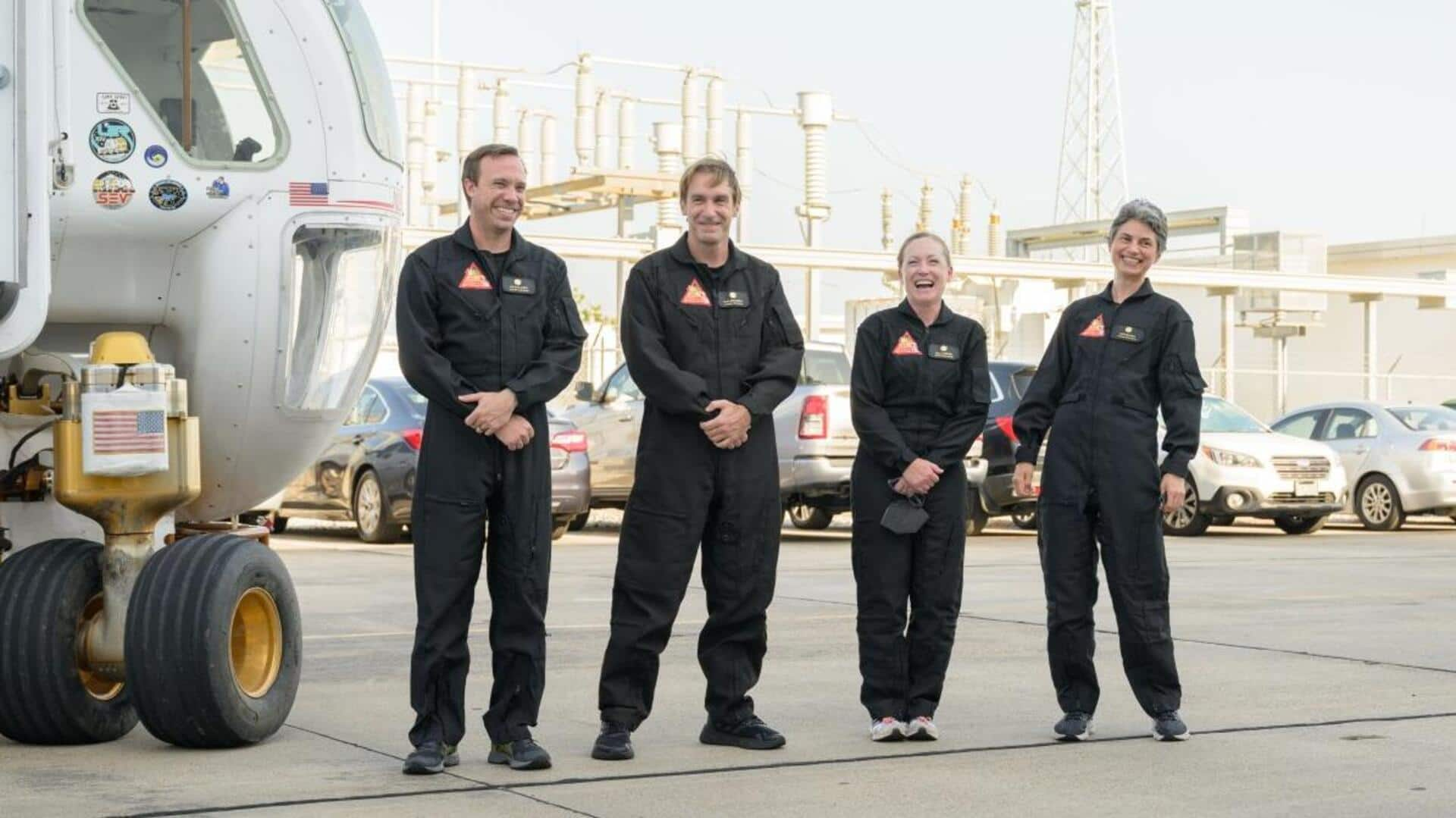
NASA seeks volunteers for simulated Mars mission: How to apply
What's the story
NASA is on the lookout for a second batch of volunteers to participate in its year-long simulated Mars mission called Crew Health and Performance Exploration Analog (CHAPEA). The goal is to examine how participants react psychologically and physically in a Martian environment-like setting. Four chosen individuals will reside in a 3D-printed habitat and carry out Mars-related tasks. Applications are open until April 2, 2024, on NASA's official CHAPEA website, with the mission set to kick off in spring 2025.
Scenario
CHAPEA's first group and future teams
The first batch of CHAPEA volunteers began their 1,700-square-foot Mars simulation in June 2023, staying there for over a year now. NASA is now searching for more volunteers for a future team. "NASA is looking for healthy, motivated US citizens or permanent residents who are non-smokers, 30-55 years old, and proficient in English," said the space agency. Applicants should have a passion for unique experiences and a desire to contribute to NASA's Mars mission preparations.
Plan
Eligibility criteria and tasks
The perfect candidates for CHAPEA are scientists holding a master's degree in a STEM field or pilots with at least 1,000 hours of flight experience. During their stay, crew members will tackle simulated challenges such as limited resources, equipment malfunctions, communication delays, and environmental stressors. They will also have to manage daily operations like simulated spacewalks, robotic operations, habitat upkeep, exercise, and crop cultivation.
Insights
Mars Dune Alpha Habitat and spacewalks
The Mars Dune Alpha habitat at NASA's Johnson Space Center is designed to mimic life on the Red Planet. The new group of recruits will enter this habitat in spring 2025, remaining there for an entire year. This 1,700-square-foot 3D-printed habitat will house the crew throughout the mission. Also attached is a 1,200-square-foot sandbox for simulated spacewalks. Note that this is the second of three planned CHAPEA missions. While it's a paid opportunity, NASA hasn't disclosed the compensation amount yet.